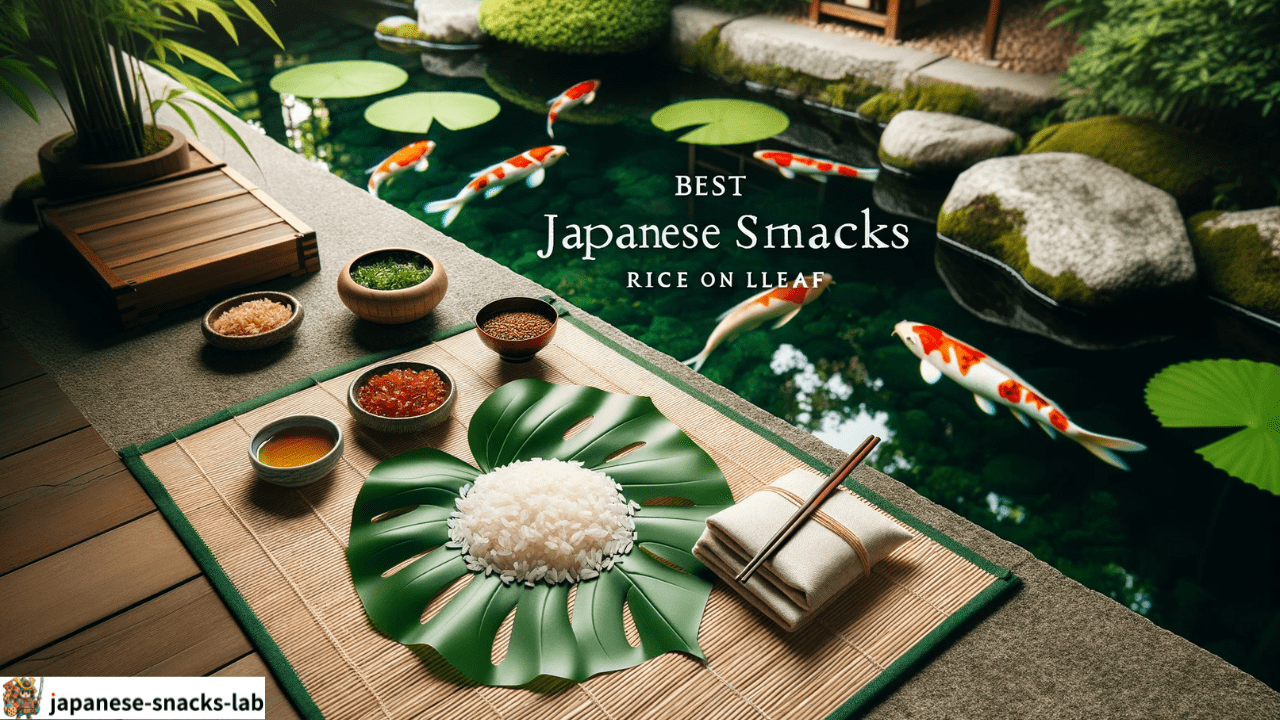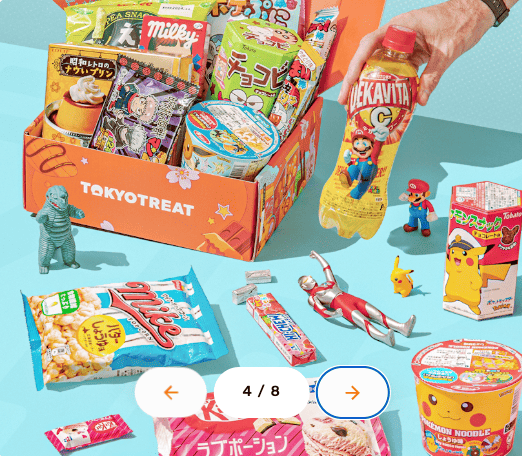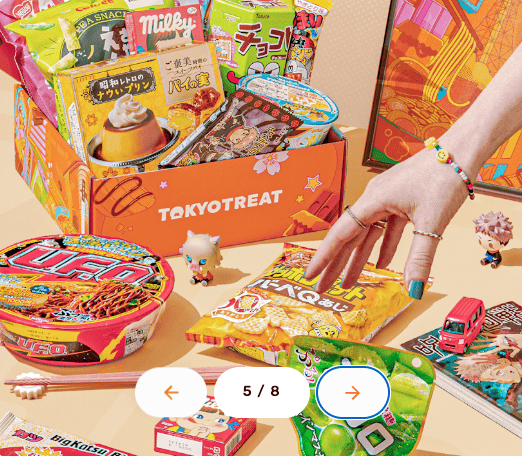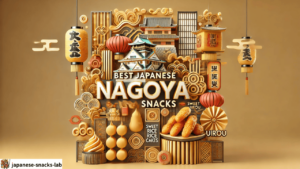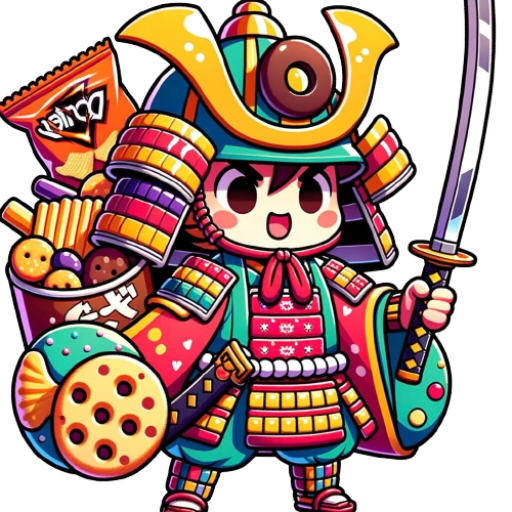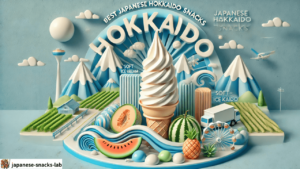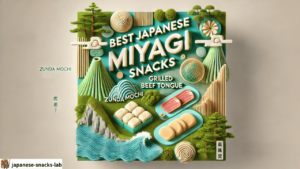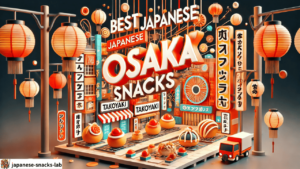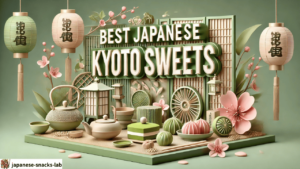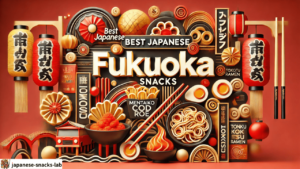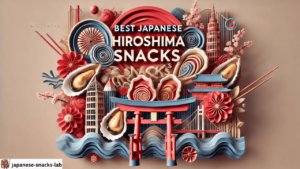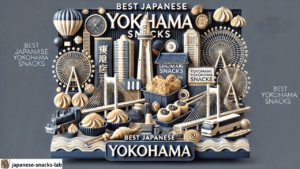「Tokyo Treat」
| Cheap sweets | |
| Traditional sweets | |
| Seasonal Events | |
| Character snacks | |
| Dagashi | |
| Allergy Description | |
| Vegetarian Instructions | |
| Official Site | Check |
| Price per month | total cost | |
|---|---|---|
| 12 months | $32.5/mo | $390 |
| 6 months | $33.5/mo | $201 |
| 3 months | $35.5/mo | $106.5 |
| 1 month | $37.5/mo | $37.5 |
Check out this article analyzing Japanese snack boxes!
Chimaki


“Chimaki” is a traditional Japanese food made of rice cakes in a triangular or conical shape, wrapped in bamboo leaves and tied with Igusa (Japanese mugwort). It is especially eaten on Dragon Boat Festival (Children’s Day). The ingredients are rice cakes made from cooked glutinous rice, and the wrapping is made of bamboo grass leaves and Igusa (rush grass). Because of this packaging, the aroma of the bamboo leaves can be enjoyed when eating. The inner rice cake is glutinous in texture. In recent years, a variation of chimaki wrapped with anko (sweet bean paste) has also been seen. The aroma of the bamboo grass and the sticky texture of the rice cake make the chimaki a traditional Japanese delicacy that can be enjoyed to the fullest.
Check out similar products!
Kashiwa Mochi


Kashiwa Mochi is a traditional Japanese confectionery made from glutinous rice, shaped into a round or flat oval shape, wrapped in fresh young oak leaves, and steamed. The rice cake is filled mainly with azuki bean paste, which gives the mochi a sweet and sticky texture. Because it is made using fresh green young oak leaves, it is a popular springtime tradition in Japan. Although the young oak leaves are not eaten, they are used as wrapping material, creating a beautiful visual effect. This is a special Japanese confectionery that is not too sweet, but still allows you to enjoy the changing of the seasons.
Check out similar products!
Sakura Mochi


Sakura Mochi is a beautiful Japanese confectionery especially popular during the spring season, featuring cherry blossoms. The main ingredients are dough made from glutinous rice, azuki bean paste, and salted cherry leaves. Sakura mochi is a perfect combination of glutinous dough and slightly sweet and moist azuki red bean paste. In addition, the sakura leaves enhance the aroma and give the mochi a cherry blossom flavor. The cherry blossom-colored dough and green leaves give an elegant impression. Cherry blossoms are considered to herald spring. Therefore, they are generally enjoyed at spring tea ceremonies and cherry blossom viewing events.
Check out similar products!
Houba-maki


Houba-maki is a rice cake made by adding boiling water to rice flour and kneading well. The unique feature is that the rice cake is filled with bean jam and wrapped in a magnolia leaf before steaming. This method allows the aroma of the leaves to permeate the rice cake, giving it a refreshing flavor perfect for the season of fresh greenery. The sticky, plump rice flour rice cake is wrapped in a sweet bean paste. There are several variations of an, with tsubu-an and koshi-an being the standard, but there is also a rare an called shiro-miso walnut-an. It is characterized by an elegant sweetness with just the right amount of saltiness.
Check out similar products!
Chestnut leaf cake


Chestnut leaf cake is a seasonal Japanese confectionery available only in autumn. It is enjoyed during the chestnut harvest season and is popular as a confectionary that reminds people of the countryside and autumn. The red bean paste with chopped chestnuts is wrapped in manju dough, and chestnut leaves are wrapped around the dough as wrapping material. The richly moist and fluffy red bean paste and the glutinous rice cake texture provide an elegant sweetness. One bite and the aroma of persimmon leaves spreads softly, reminding us of the coming of autumn. Enjoy it with a cup of tea while taking in the autumn scenery, and you will be able to enjoy the harvest season.
Check out similar products!
Kakinoha Botamochi


Botamochi is one of Japan’s traditional Japanese sweets that often appear at celebrations, New Year’s, and other special events. Kakinoha botamochi differs from ordinary botamochi in that botamochi is a Japanese confectionery made by gently wrapping the botamochi in persimmon leaves. This special wrapping method gives the botamochi a subtle aroma of persimmon leaves and a rich flavor. Botamochi is delicious on its own with its sticky texture, but the Botamochi with the aroma of persimmon leaves is a step up in taste. Especially when eaten with green tea, the flavor is enhanced and the Japanese culture can be fully enjoyed.
Check out similar products!
Sasa-mochi


Sasa-mochi is a traditional Japanese wagashi, a bun-like sweet made of glutinous dumpling dough and filled with koshi-an (sweet red bean paste). It is satisfying to eat and features a mildly sweet red bean paste. The ingredients are dumpling dough made of glutinous rice and Koshi-an (sweet red bean paste). In addition, bamboo grass leaves are used as wrapping material, giving it a distinctive flavor. Bamboo grass rice cakes are commonly eaten with “chimaki” (rice cake wrapped in a bamboo leaf), especially on Dragon Boat Festival, and are popular with many people at that time of the year. Bamboo grass leaves are said to have antiseptic and antibacterial properties, and were often used to wrap preserved and portable foods for centuries. Sasa-mochi is a wonderful Japanese confectionery that combines Japanese culture with delicious taste.
Check out similar products!
Tsunomaki


Tsunomaki is a traditional local confectionery that has been handed down through the ages in Yamagata Prefecture. This Japanese confectionery is called “tsunomaki” because its shape resembles the horns of an oni, a small bamboo branch wrapped in yubeshi (a sweet called yubeshi). It is a celebratory confection eaten on Dragon Boat Festival, with the hope that the child will grow up to be strong enough to defeat the oni. Tsunomaki contains walnuts and has a perfect combination of sweetness and a slightly salty taste. You can enjoy the glutinous texture of this local confectionery, which goes well with tea.

